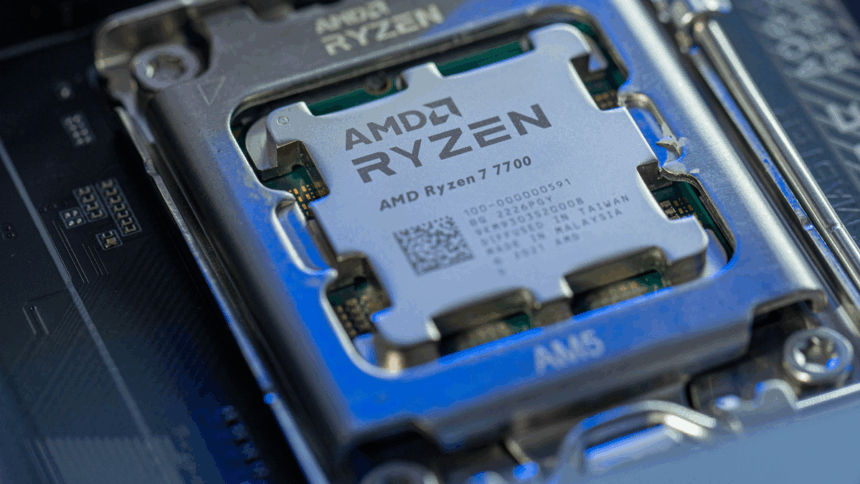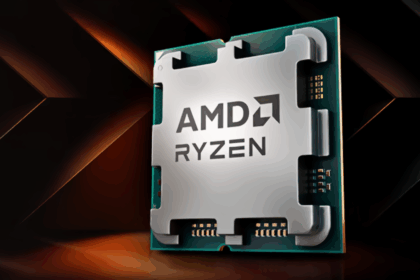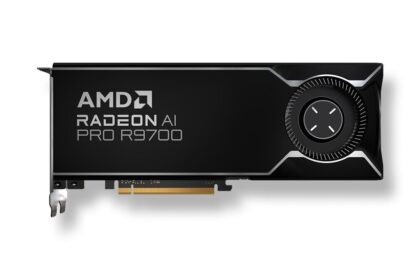Rumours about AMD’s Zen 7 architecture had been circulating for months, even though the company hadn’t acknowledged it publicly—until now. For the first time, AMD has officially referenced the upcoming design, emphasising stronger performance for a wide range of AI workloads and the introduction of a new Matrix Engine.
The platform is expected to launch sometime after 2026, although the company hasn’t committed to a specific launch window.
The confirmation appeared during AMD’s latest shareholder meeting, where the company outlined its long-term Zen roadmap. The presentation was brief and didn’t include a release year for Zen 7, offering only a glimpse of what’s ahead.
What’s known so far
Zen 6 is next in line for both Ryzen and EPYC processors, and leaks have already revealed a good amount of detail about that generation. Zen 7, however, remains largely uncharted territory. Interestingly, just before AMD shared its updated roadmap, the channel Moore’s Law is Dead published a batch of unverified information about the architecture.
One of the most notable claims is the significant increase in cache capacity. Thanks to new design changes and an updated manufacturing process, Zen 7 chips could carry as much as 448 MB of L3 cache, nearly four times more than the current Ryzen 9 9950X3D.
Rumours also suggest Zen 7 processors may include up to 32 cores, with each CCD (Core Complex Die) holding as many as 16 cores. This scaling is expected to begin with Zen 6, but Zen 7 may further extend it.
AMD has also confirmed that Zen 7 is being developed using TSMC’s 2nm technology, making it the first generation of processors built on this advanced node. It marks a significant milestone for the company’s manufacturing strategy. Meanwhile, Zen 6-based Ryzen and EPYC chips are currently scheduled for the first half of 2027.











